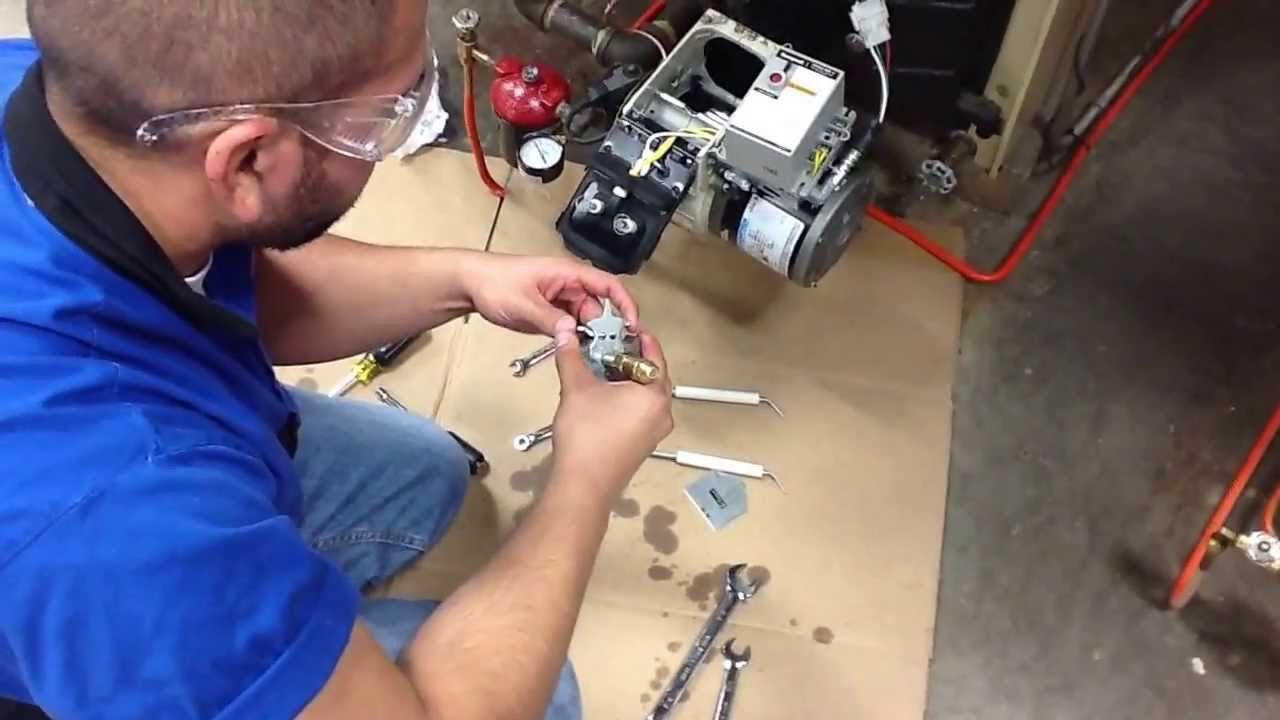The heating season is approaching and the memories of the last winter bring you back to the same questions: is it time to replace your oil furnace? While this is never the right time for a major expense, it may be time to take a closer look at the situation. I invite you here to think in terms of profitability rather than just in terms of longevity.
Life of an oil furnace

Theoretically, the life of an oil furnace is about 25 years. This estimate of the longevity of the device depends on several elements, including the regular and preventive maintenance that has been performed on the device over the years. A well-maintained oil furnace has a longer life expectancy than a neglected furnace. Have you been a planning owner? When was the last update or cleaning of your furnace? When was the last chimney sweeping or the last filter change?
If your oil furnace shows signs of fatigue, to avoid unpleasant surprises due to a major break, you may have thought about joining an annual protection plan that includes annual maintenance, emergency repair costs, parts, and labor. The annual costs of such a protection plan can be as high as a few hundred dollars and these, of course, add up to your energy bills for heating your home. Furnace installation Oshawa is a good option to get your furnace repaired.
In addition to incurring additional operating costs, the aging of a furnace is progressively affecting its energy efficiency. Energy efficiency refers to the amount of energy “actually” converted into heat for space heating. For example, for an oil furnace for over 15 years, it is generally estimated that its energy efficiency is only 70%. For furnaces over 20 years old, their energy efficiency is estimated at 60%. Conclusion: 30 to 40% of your energy costs have not been used to heat your home.
Life of an oil tank

In estimating the life of an oil furnace, the age of the tank must also be considered. When aged between 15 and 20, an outdoor oil tank is considered to be aging. For an inner tank, its life is estimated at 25 years. Since the beginning of the 80s, the date of manufacture is inscribed on the tank. If this information does not appear on your tank, it is high time to replace it. For example, the cost of replacing an oil tank with a 10-year warranty against corrosion is approximately $ 1500.
Without even considering the age of the tank, if it is regularly left almost empty during the summer months, or if seepage areas are noticeable at its base, problems of moisture and corrosion are expected.
Do not wait for a lingering smell of fuel oil to flood your basement or the nightmares of soil decontamination bills haunt you to ask your oil supplier to inspect your tank. In addition, very few people know that it can now be difficult to insure or sell a house with an old oil tank. Your insurance broker or potential buyer of your home may require an inspection of the tank and the heating system.
The results of this inspection could even cause the transaction to fail.
When is it “profitable” to replace an oil furnace and its tank? I invite you to check how the decision to replace fuel oil and switch to natural gas, a more economical source of energy than heating oil, could be a sensible and economical choice in the very short term.




